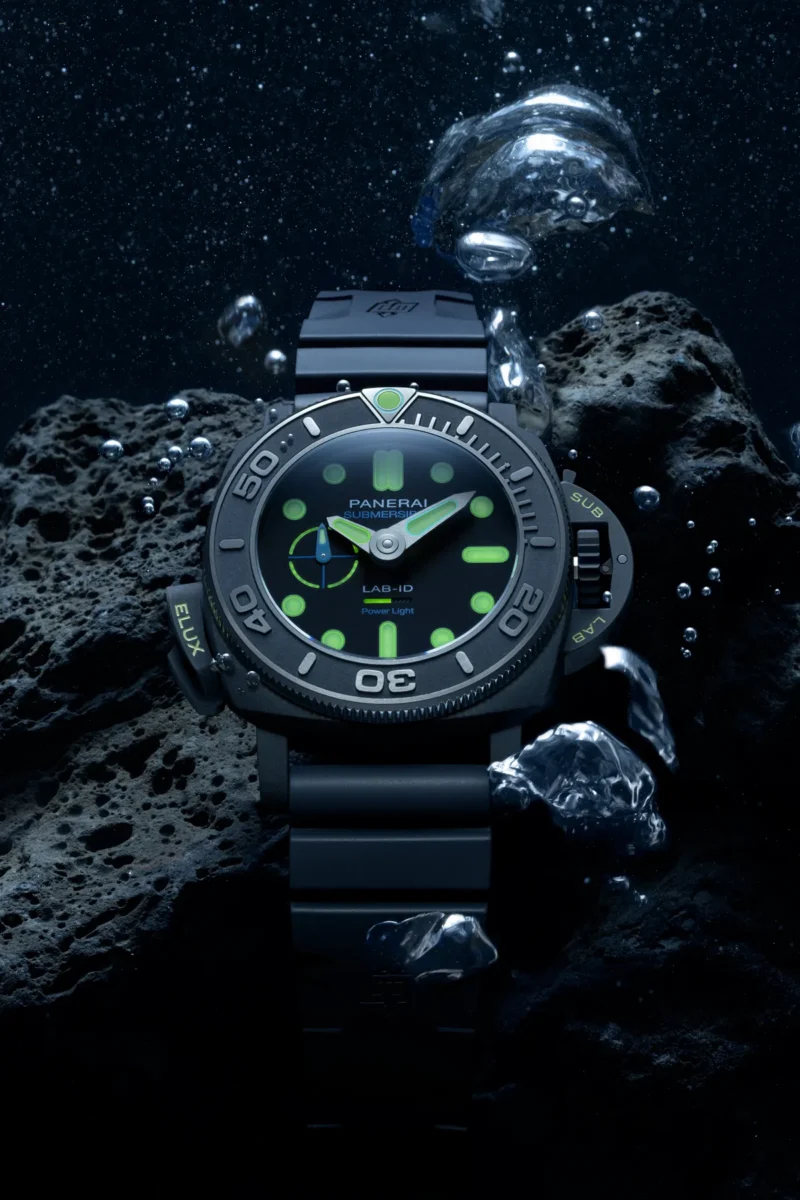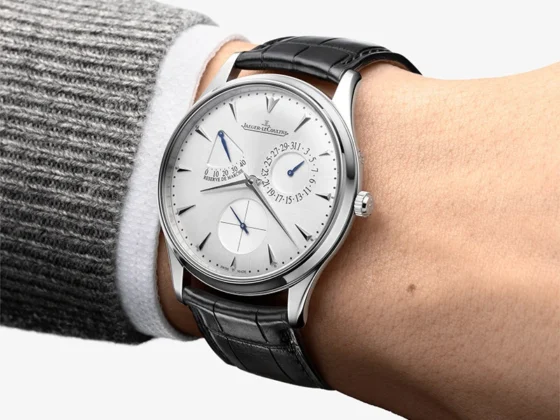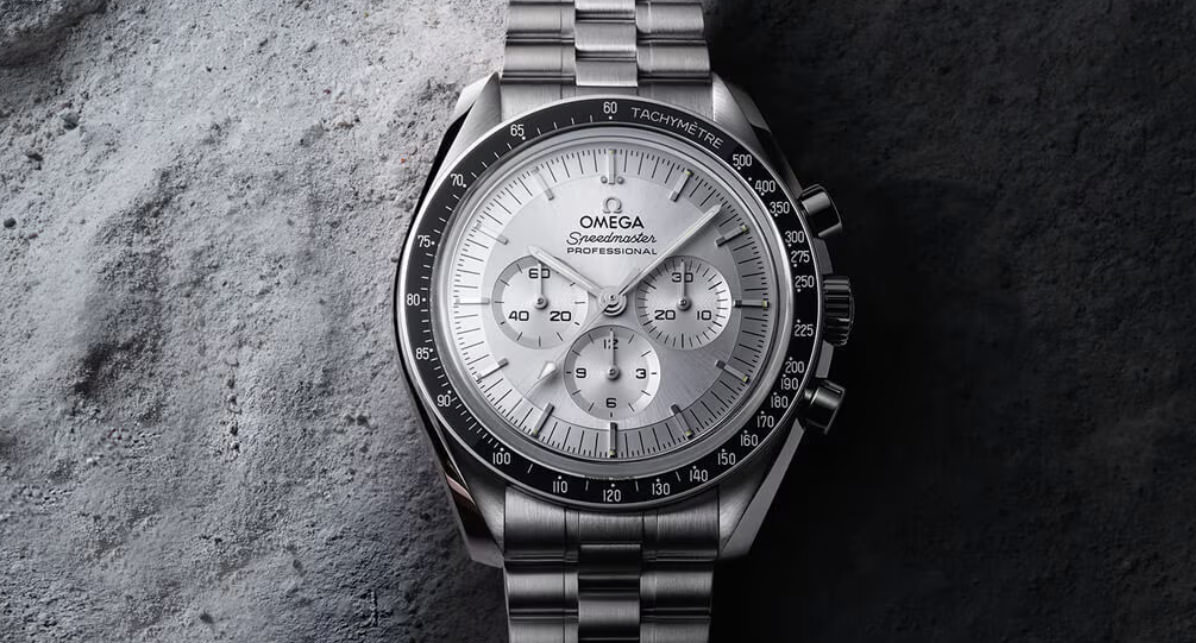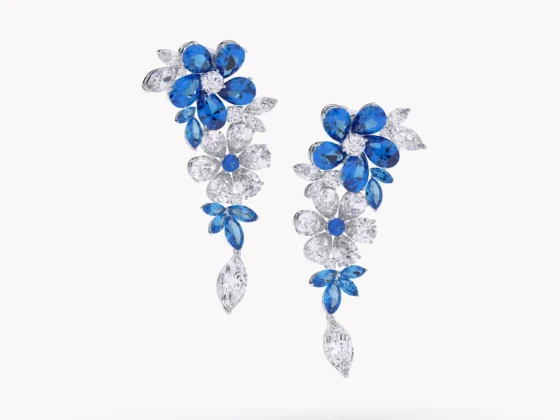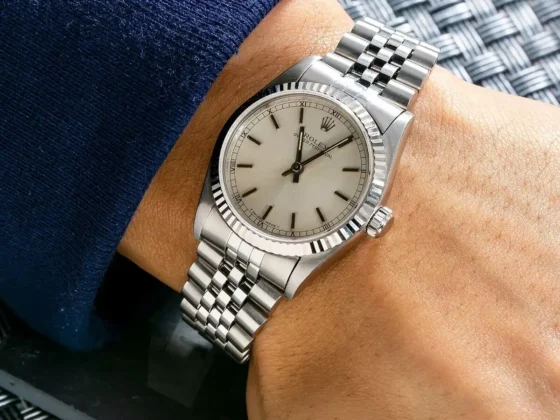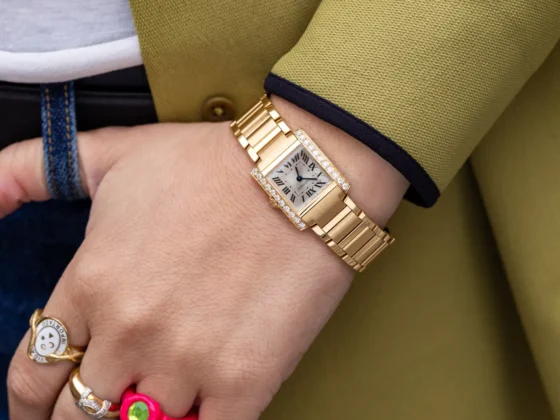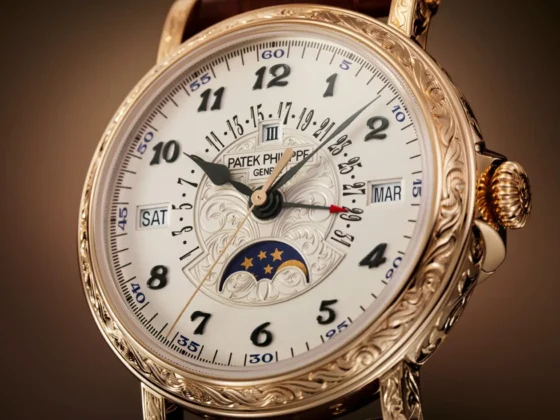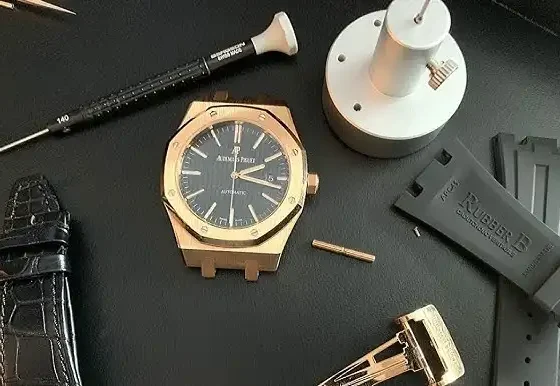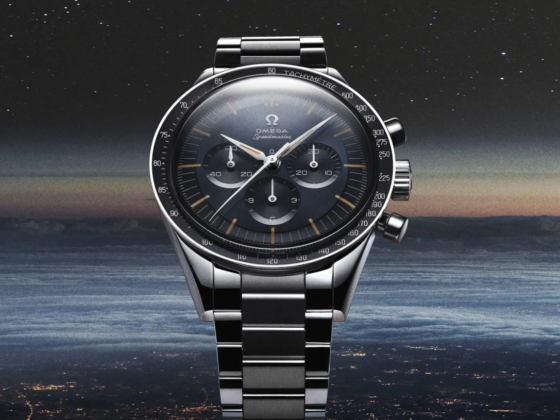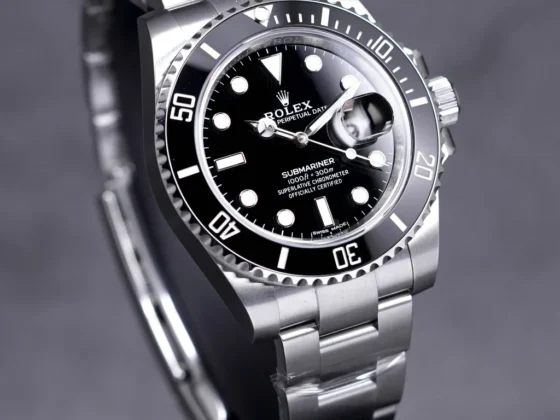The luxury watch industry, long known for its meticulous craftsmanship and heritage, is undergoing a transformation. Today’s watchmakers are not only focusing on intricate designs and precise engineering but also on sustainability. The shift toward eco-friendly materials and responsible sourcing is redefining the modern luxury watch. From recycled metals to vegan straps and ocean plastics, luxury brands are proving that environmental responsibility can coexist with high-end craftsmanship. This article delves into the green revolution within the horology world and how these innovations are shaping the future of watchmaking.
The Push Toward Sustainability: Why Eco-Friendly Materials Matter
Sustainability is no longer just a trend—it’s a necessity. The watch industry is adapting, responding to the growing demand for environmentally responsible practices from consumers and investors alike.
- Brand Initiatives: Leading brands like Omega and Panerai are incorporating sustainable materials, such as recycled metals, into their designs to reduce waste and energy consumption in production.
- Carbon Footprint Reduction: Many luxury watchmakers are working to offset their carbon emissions through more sustainable manufacturing practices and energy-efficient facilities.
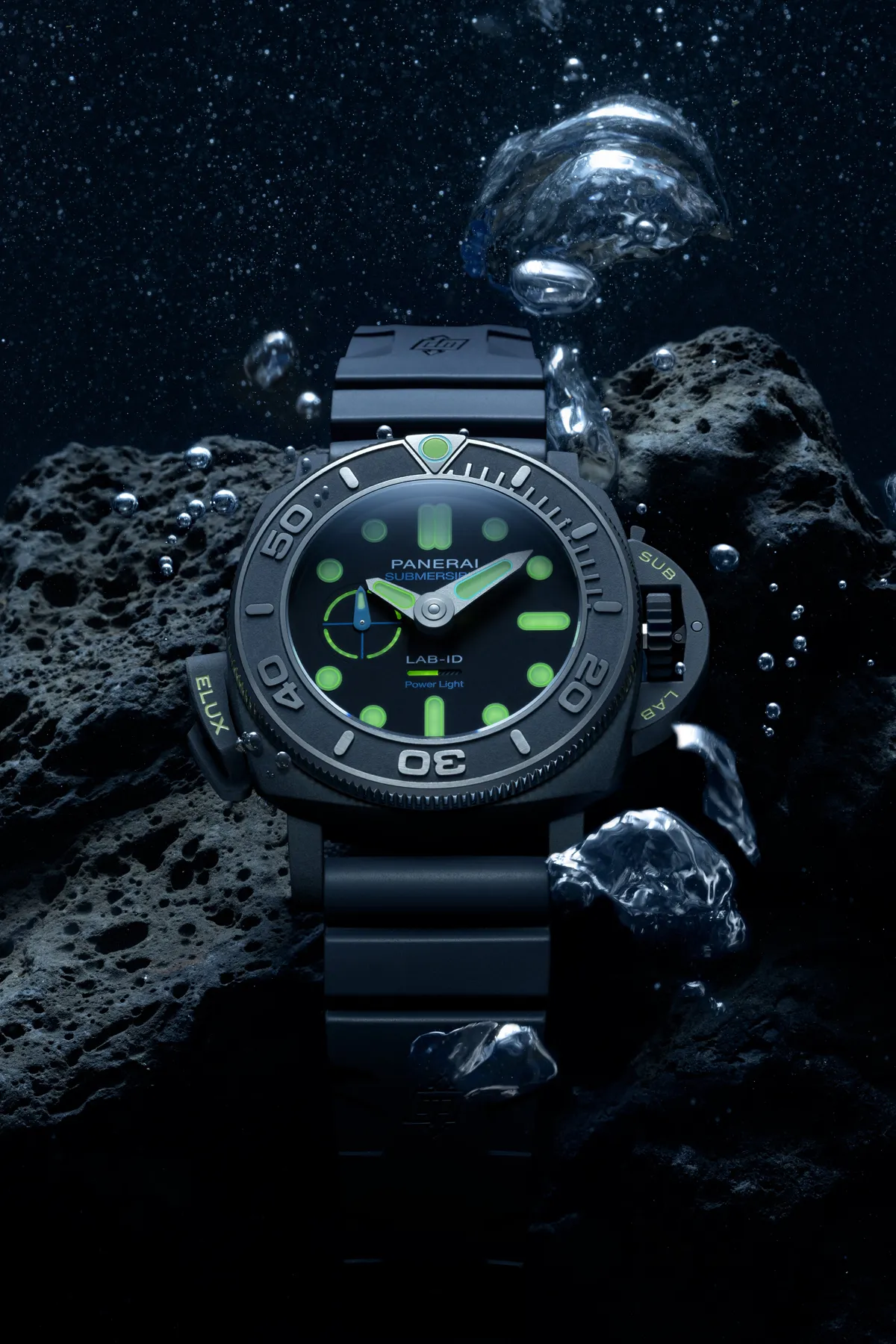
Notable Watchmakers Leading the Eco-Revolution
Several top-tier watch brands have embraced sustainability without compromising their heritage of luxury and craftsmanship.
- Panerai: Known for its rugged design, Panerai has introduced the Submersible eLAB-ID, which is made of 98.6% recycled materials, including recycled titanium and SuperLuminova.
- Cartier: With the launch of the Cartier SolarBeat, this legendary brand incorporated a solar-powered movement, eliminating the need for battery replacements and reducing waste.
- Breitling: Breitling’s Superocean Heritage II Chronograph uses straps made from recycled nylon sourced from ocean plastics, showing that even high-end pieces can contribute to environmental protection.
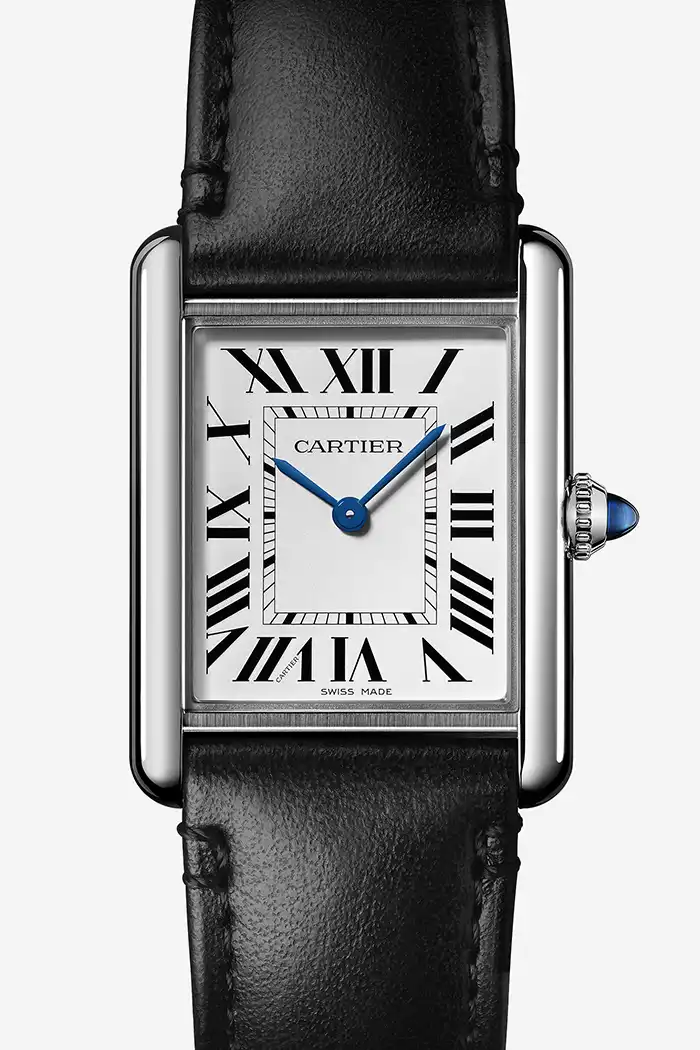
Eco-Friendly Materials Revolutionizing the Industry
Here’s a look at some of the innovative sustainable materials being used by luxury watch brands:
- Recycled Metals: Watch brands like Omega are now using recycled stainless steel and titanium, minimizing the need for new mining and reducing their carbon footprint.
- Vegan Leather: Traditional leather straps are being replaced with sustainable alternatives. Hublot and IWC have introduced vegan straps made from recycled or plant-based materials.
- Ocean Plastics: Oris and Breitling have taken steps to reduce ocean pollution by creating watch straps from plastics recovered from the ocean, combining luxury with eco-consciousness.
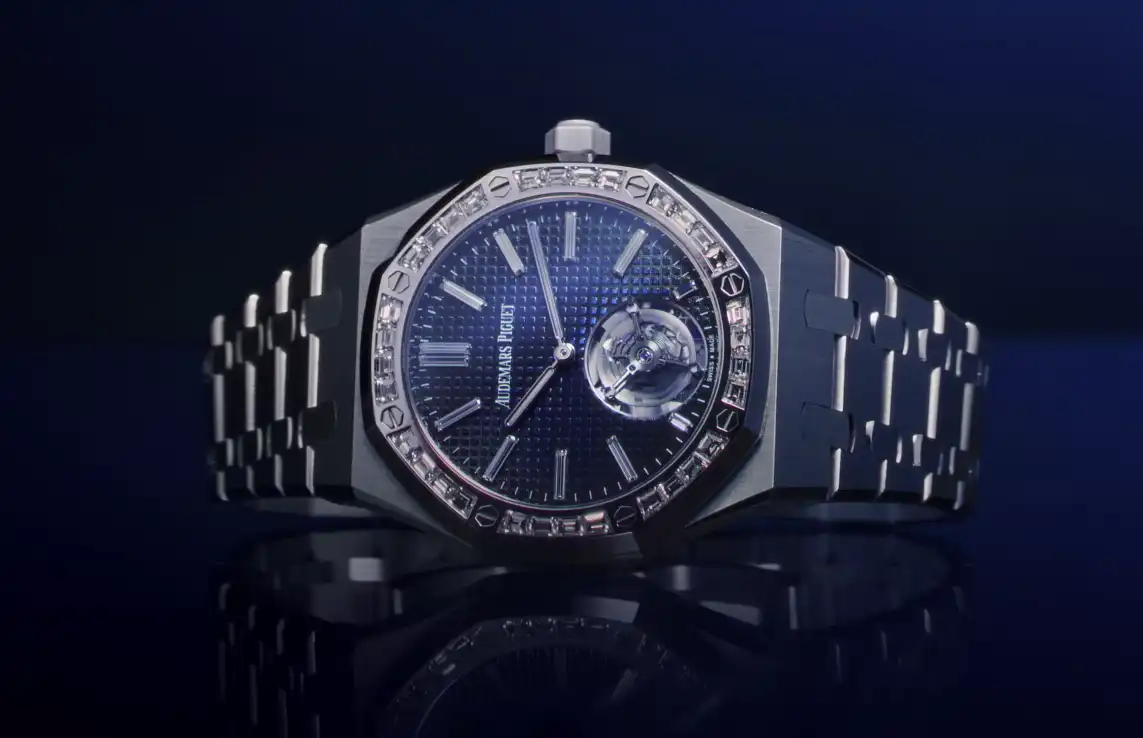
The Future of Sustainable Luxury Watchmaking
The shift to sustainable materials is not a temporary trend, but a lasting change in the luxury watch industry. As more brands adopt eco-friendly practices, we can expect the following developments:
- Innovative Materials: Brands will continue to research and introduce new, sustainable materials like lab-grown diamonds and bio-based plastics.
- Circular Economy: The focus will shift toward the circular economy model, where watch components can be reused or recycled at the end of their life cycle, reducing waste even further.
- Environmental Partnerships: Expect more collaborations between watchmakers and environmental organizations, supporting clean oceans and biodiversity through limited-edition releases or eco-focused campaigns.
The luxury watch industry is embracing a more eco-friendly future by adopting sustainable materials without sacrificing its legacy of craftsmanship. As the push for environmentally responsible practices continues, watchmakers are setting new standards for luxury that are as responsible as they are refined. From recycled metals to vegan leather and ocean plastics, the future of horology is as green as it is luxurious.


